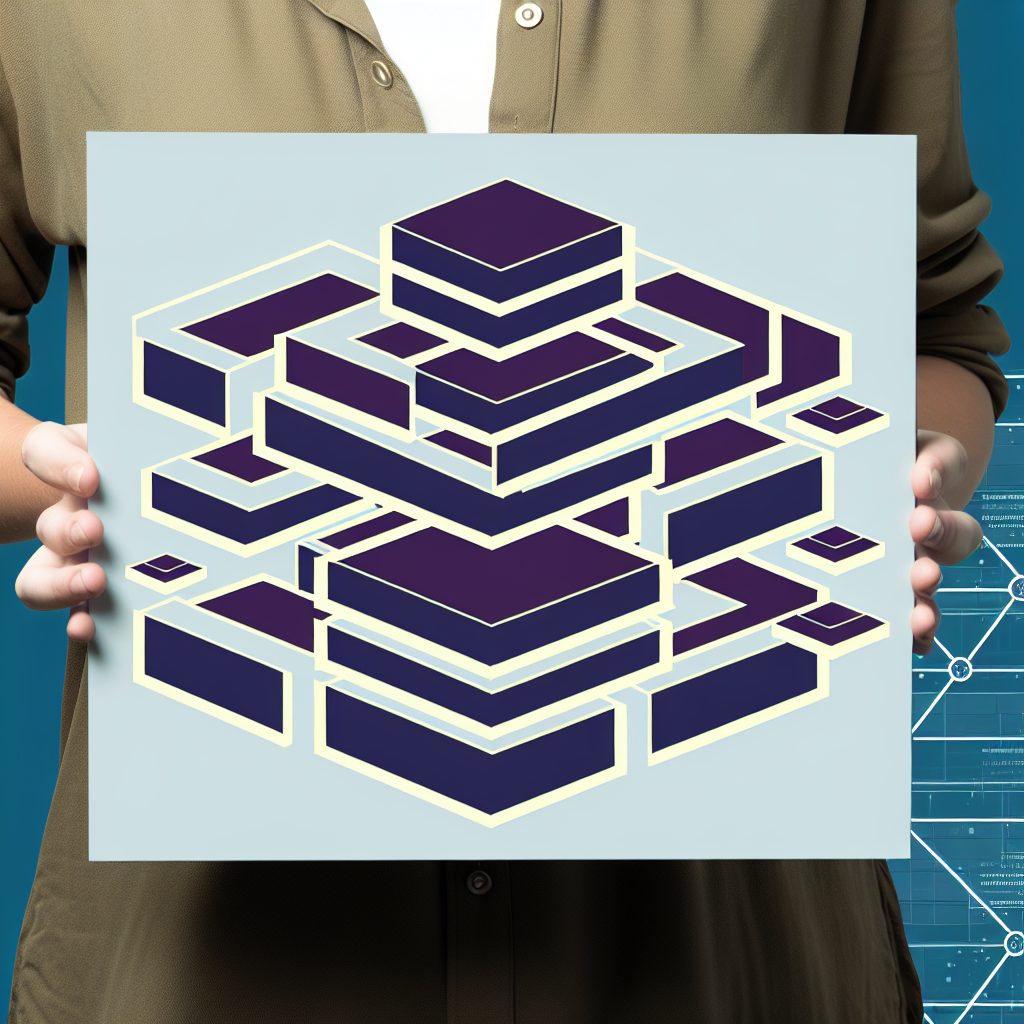Understanding Blockchain Layers Explained
The cryptocurrency industry has witnessed exponential growth and innovation over the past decade, largely due to the underlying technology known as blockchain. As this technology evolves, so does the need to understand its architecture, particularly the concept of blockchain layers. This article delves into the various layers of blockchain technology, their functions, and their significance in the cryptocurrency ecosystem.
What are Blockchain Layers?
Blockchain layers refer to the different levels of technology that work together to create a functional blockchain network. Each layer serves a specific purpose, contributing to the overall efficiency, scalability, and security of the blockchain. Understanding these layers is crucial for anyone involved in the cryptocurrency space, from developers to investors.
The Three Main Layers of Blockchain
Generally, blockchain technology can be divided into three main layers:
- Layer 1: The Base Layer
- Layer 2: The Scaling Layer
- Layer 3: The Application Layer
Layer 1: The Base Layer
Layer 1 is the foundational layer of a blockchain network. It includes the core protocol and the underlying architecture that governs how transactions are processed and validated. This layer is responsible for the security and integrity of the blockchain.
Examples of Layer 1 blockchains include:
- Bitcoin: The first and most well-known cryptocurrency, Bitcoin operates on its own blockchain, which is designed primarily for peer-to-peer transactions.
- Ethereum: Known for its smart contract functionality, Ethereum allows developers to build decentralized applications (dApps) on its blockchain.
- Solana: A high-performance blockchain that supports fast transactions and low fees, making it ideal for decentralized finance (DeFi) applications.
Layer 2: The Scaling Layer
Layer 2 solutions are built on top of Layer 1 blockchains to enhance scalability and transaction speed. These solutions aim to alleviate congestion on the base layer by processing transactions off-chain or in a more efficient manner.

Some popular Layer 2 solutions include:
- Lightning Network: A Layer 2 solution for Bitcoin that enables faster transactions by creating off-chain payment channels.
- Polygon (formerly Matic): A Layer 2 scaling solution for Ethereum that enhances transaction throughput and reduces fees.
- Optimistic Rollups: A Layer 2 solution that allows for faster transactions by bundling multiple transactions into a single one, reducing the load on the Ethereum network.
Layer 3: The Application Layer
Layer 3 is where user-facing applications and services reside. This layer includes decentralized applications (dApps), wallets, and other tools that interact with the underlying blockchain layers. The Application Layer is crucial for user experience and adoption of blockchain technology.
Examples of applications in Layer 3 include:
- Decentralized Finance (DeFi) Platforms: Applications like Uniswap and Aave allow users to trade, lend, and borrow cryptocurrencies without intermediaries.
- Non-Fungible Tokens (NFTs): Platforms like OpenSea and Rarible enable users to create, buy, and sell unique digital assets.
- Blockchain-based Games: Games like Axie Infinity and Decentraland leverage blockchain technology for ownership and in-game economies.
The Importance of Blockchain Layers
Understanding blockchain layers is essential for several reasons:
- Scalability: Layer 2 solutions address the scalability issues faced by many Layer 1 blockchains, allowing for increased transaction throughput.
- Interoperability: Different layers can interact with one another, enabling seamless communication between various blockchain networks.
- Security: Each layer contributes to the overall security of the blockchain, ensuring that transactions are validated and recorded accurately.
- User Experience: The Application Layer focuses on creating user-friendly interfaces, making blockchain technology accessible to a broader audience.
Real-World Use Cases of Blockchain Layers
Blockchain layers have practical applications across various industries. Here are some notable use cases:
Supply Chain Management
Blockchain technology can enhance transparency and traceability in supply chains. For instance, IBM’s Food Trust uses blockchain to track food products from farm to table, ensuring quality and safety. This application leverages Layer 1 for data integrity and Layer 3 for user interfaces that allow stakeholders to access information easily.
Healthcare
In the healthcare sector, blockchain can securely store patient records while ensuring privacy. Projects like MedRec utilize Ethereum’s Layer 1 for secure data storage and Layer 2 solutions for efficient data retrieval, enabling healthcare providers to access patient information quickly and securely.
Financial Services
Decentralized finance (DeFi) platforms are revolutionizing traditional financial services. By utilizing Layer 1 and Layer 2 solutions, platforms like Compound and MakerDAO offer lending and borrowing services without intermediaries, providing users with greater control over their assets.
Challenges and Limitations of Blockchain Layers
While blockchain layers offer numerous benefits, they also face challenges:
- Complexity: The multi-layered architecture can be complex, making it difficult for new users to understand.
- Interoperability Issues: Different blockchains may struggle to communicate effectively, hindering the potential for cross-chain applications.
- Security Risks: Each layer introduces its own security vulnerabilities, which must be addressed to maintain the integrity of the entire system.
Future of Blockchain Layers
The future of blockchain layers looks promising as technology continues to evolve. Innovations such as sharding, which divides the blockchain into smaller pieces to improve scalability, and cross-chain solutions that enhance interoperability are on the horizon. These advancements will likely lead to more efficient and user-friendly blockchain applications.
FAQs
What is the difference between Layer 1 and Layer 2 blockchains?
Layer 1 blockchains are the foundational networks that process and validate transactions, while Layer 2 solutions are built on top of Layer 1 to enhance scalability and transaction speed.
Can Layer 2 solutions work with any Layer 1 blockchain?
Not all Layer 2 solutions are compatible with every Layer 1 blockchain. Each Layer 2 solution is typically designed to work with a specific Layer 1 blockchain, such as the Lightning Network for Bitcoin or Polygon for Ethereum.
How do blockchain layers improve security?
Each layer contributes to the overall security of the blockchain by ensuring that transactions are validated and recorded accurately. Layer 1 provides the core security, while Layer 2 and Layer 3 solutions can enhance security through additional protocols and user interfaces.
What are some examples of Layer 3 applications?
Layer 3 applications include decentralized finance platforms like Uniswap, NFT marketplaces like OpenSea, and blockchain-based games like Axie Infinity.
Conclusion
Understanding blockchain layers is essential for anyone involved in the cryptocurrency industry. Each layer plays a critical role in enhancing scalability, security, and user experience. As the technology continues to evolve, staying informed about these layers will be crucial for leveraging blockchain’s full potential.
For the latest news and updates in the cryptocurrency space, consider visiting Bitrabo. You can also follow me on social media for more insights: X, Instagram, Facebook, and Threads.
Disclaimer: The information provided in this article is for educational purposes only and should not be considered financial advice. Always conduct your own research before making investment decisions.
The Crypto Watchlist of the Week 🔎
Subscribe to receive expert-curated projects with real potential—plus trends, risks, and insights that matter. Get handpicked crypto projects, deep analysis & market updates delivered to you.


